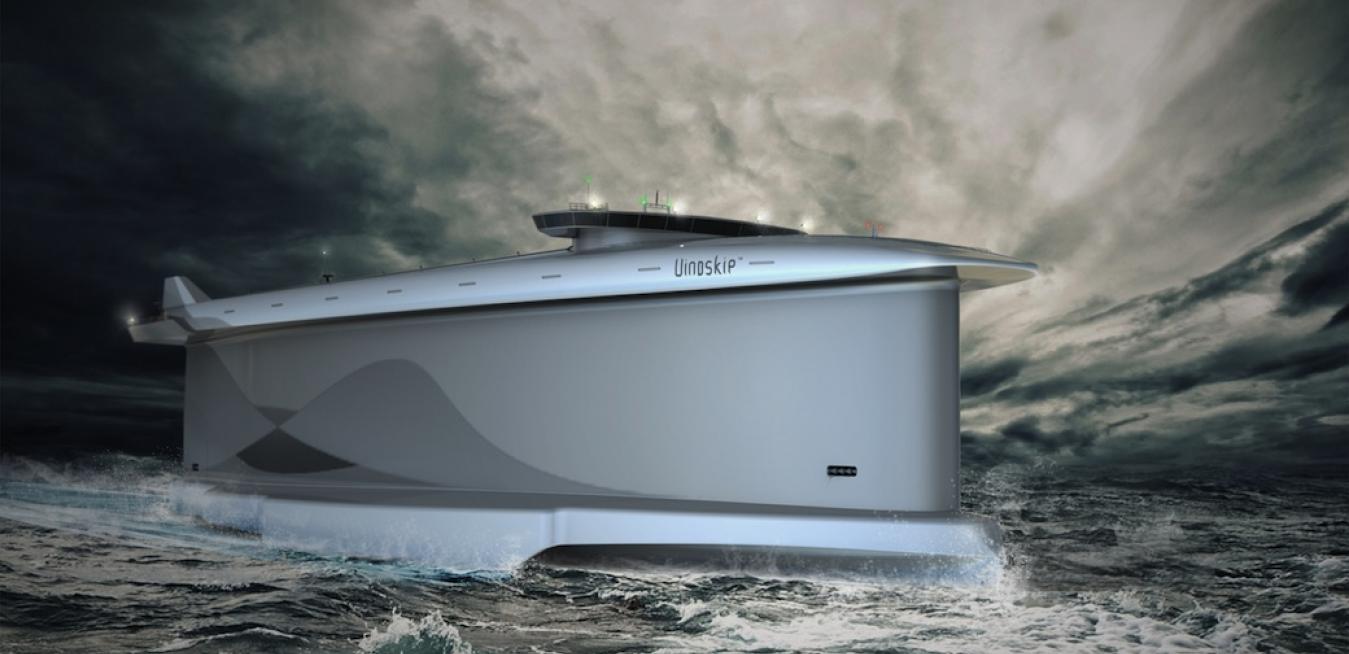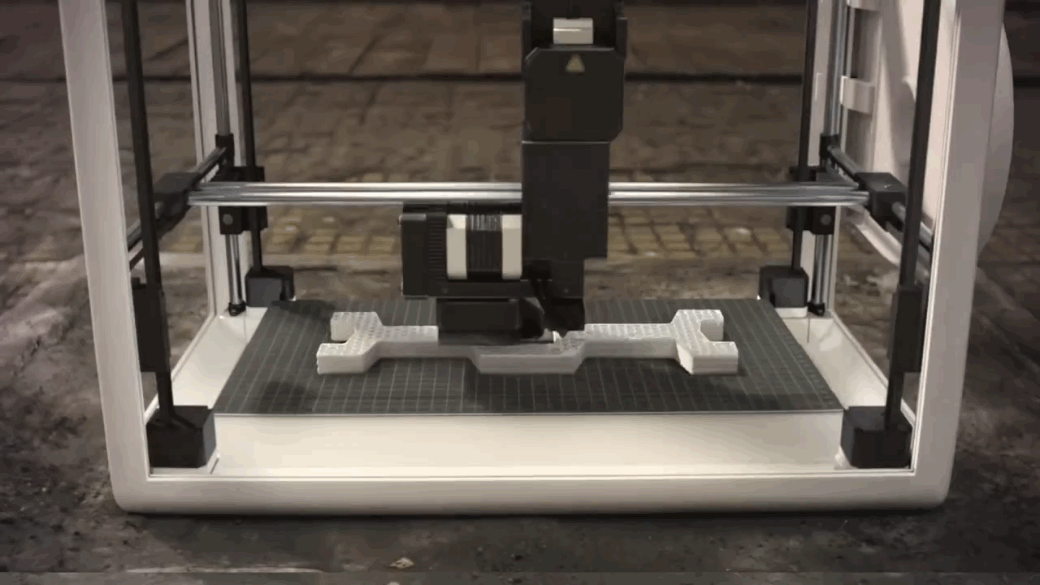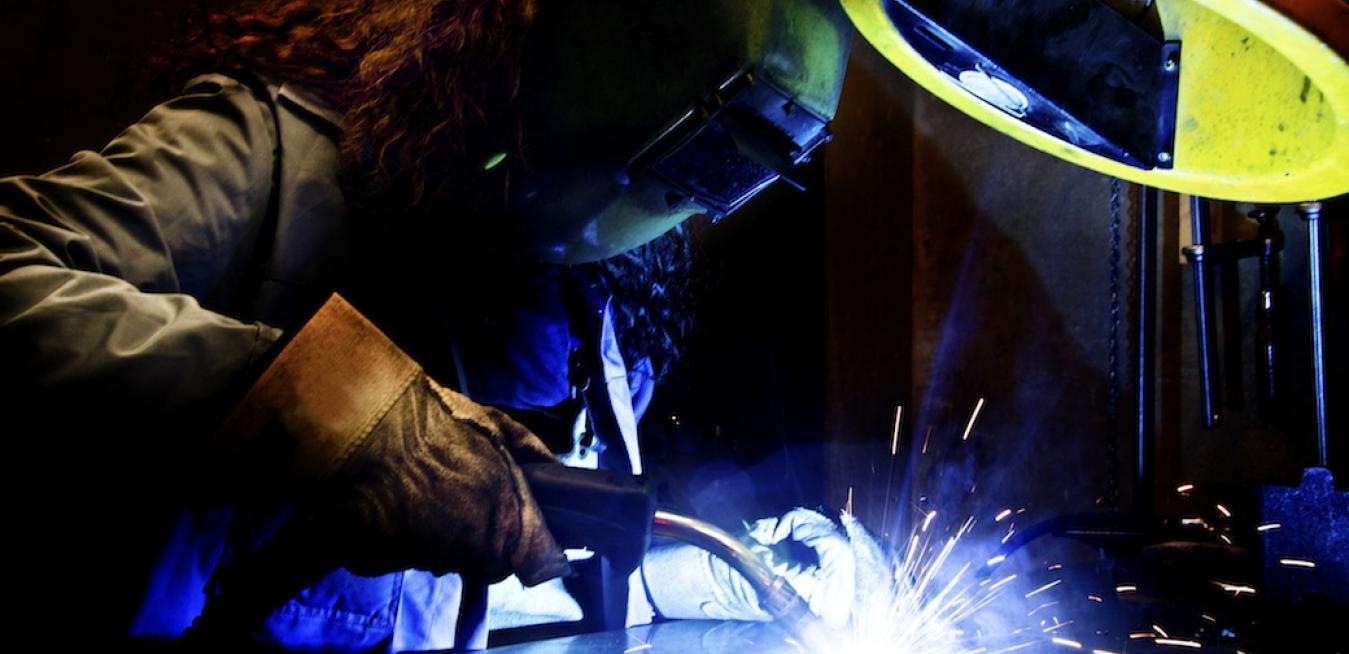Developing economies should seize the opportunity presented by the convergence of two forces — rapid urbanization and technological innovation.
The term “developing economy” suggests a constant state of pursuit. Yet two key forces under foot, dubbed “megatrends” by PricewaterhouseCoopers, hold the potential to create a more level playing field with advanced economies — rapid urbanization and the astounding pace of technological advance.
Before 3D printing can revolutionize manufacturing, innovators like Sketchfab are developing parts of the ecosystem to make that happen.
3D printing holds the promise of democratizing manufacturing — disrupting how goods are made and brought to market. But even the technology’s most enthusiastic backers say the third industrial revolution will take years to fully arrive.
With an increasing focus on STEM education, the Makers of tomorrow can turn science fiction into reality.
U.S. manufacturers will create more than 3 million job openings over the next decade — but 2 million of these jobs could go unfilled.
After decades of decline, U.S. manufacturing is on the rebound.
Food security should be the focus of a new U.S.-Africa dialogue on trade. Aligning U.S. trade and development policies would help alleviate hunger in Africa — and benefit America’s economy.
Shipping goods by sea accounts for about 3 percent of global greenhouse gas emissions. Ship designers like Norway’s Lade AS are turning to wind and natural gas technologies to cleanly power the future of the industry.
More than 200 years ago, the expression “sailing” started losing its original meaning in merchant transport.
A national network of manufacturing innovation — leveraging the resources and know-how of the private and public sectors — is helping America seize and maintain a competitive advantage.
Good ideas — for new products, new processes or new services — are terrible things to waste.
Manufacturing is revitalizing our economy and making America strong. Investments in manufacturing multiply across the economy, creating jobs and growth in other sectors. Every dollar in final sales of manufactured products supports $1.32 in output from other sectors — the largest multiplier of any sector. Manufacturing employs more than 12 million people with innovative and rewarding jobs that include salaries and benefits well above the national average.
We need more women in leadership positions in manufacturing. MaryAnn Wright, the top engineer at Johnson Controls, draws lessons from her own experience.
I traded in my business suits for steel-toed shoes and safety glasses. The goal? As Ford’s first female plant engineering manager, I led the team responsible for launching almost $1 billion in vehicle updates to the company’s flagship Taurus and Sable product lines. Every component and system — from the powertrains, structures, closures, interiors and chassis — were to be modified.














